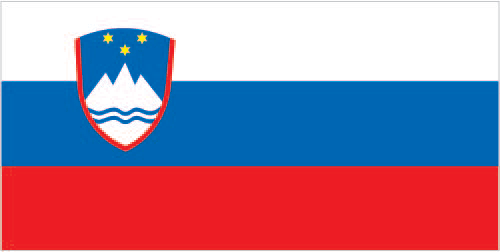
With excellent infrastructure, a well-educated work force, and a strategic location between the Balkans and Western Europe, Slovenia has one of the highest per capita GDPs in Central Europe. Slovenia became the first 2004 European Union entrant to adopt the euro (on 1 January 2007) and has experienced one of the most stable political transitions in Central and Southeastern Europe. In March 2004, Slovenia became the first transition country to graduate from borrower status to donor partner at the World Bank. In 2007, Slovenia was invited to begin the process for joining the OECD; it became a member in 2012. However, long-delayed privatizations, particularly within Slovenia’s largely state-owned and increasingly indebted banking sector, have fueled investor concerns since 2012 that the country would need EU-IMF financial assistance. In 2013, the European Commission granted Slovenia permission to begin recapitalizing ailing lenders and transferring their nonperforming assets into a “bad bank†established to restore bank balance sheets. Yield-seeking bond investors’ strong demand for Slovenian debt helped the government in 2013 to continue to finance itself independently on international markets. The government has embarked on a program of state asset sales intended to bolster investor confidence in the economy, which in 2014 is poised to contract 1%, its third-year of recession.
$57.36 billion (2013 est.)
country comparison to the world: 93
$58.03 billion (2012 est.)
$59.52 billion (2011 est.)
-1.1% (2013 est.)
country comparison to the world: 206
-2.5% (2012 est.)
0.7% (2011 est.)
$27,400 (2013 est.)
country comparison to the world: 55
$28,200 (2012 est.)
$29,000 (2011 est.)
agriculture: 2.8%
industry: 28.9%
services: 68.3% (2013 est.)
13.5% (2012)
1.8% (2013 est.)
country comparison to the world: 59
2.7% (2012 est.)
913,400 (2013 est.)
country comparison to the world: 146
agriculture: 2.2%
industry: 35%
services: 62.8% (2009)
13.1% (2013 est.)
country comparison to the world: 130 12% (2012 est.)
ferrous metallurgy and aluminum products, lead and zinc smelting; electronics (including military electronics), trucks, automobiles, electric power equipment, wood products, textiles, chemicals, machine tools
-0.6% (2013 est.)
country comparison to the world: 171